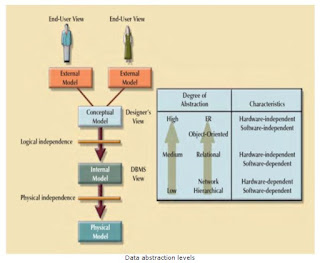MySQL

What is MySQL? MySQL is an open source relational database management system (RDBMS) based on Structured Query Language (SQL). MySQL runs on virtually all platforms There are two main components to MySQL: · The MySQL database server, mysqld. This is the MySQL DBMS that does the actual work of managing your databases. It runs all the time in the background, accepting connections from client programs, web scripts and so on. · Various client and utility programs. These include mysql, the command-line MySQL Monitor client that issues commands to the server. There are many ways to install the MySQL server and associated programs. Here are two ways that you can do it: Ø Using an official MySQL installation package · MySQL Community Server · MySQL Cluster · ...



